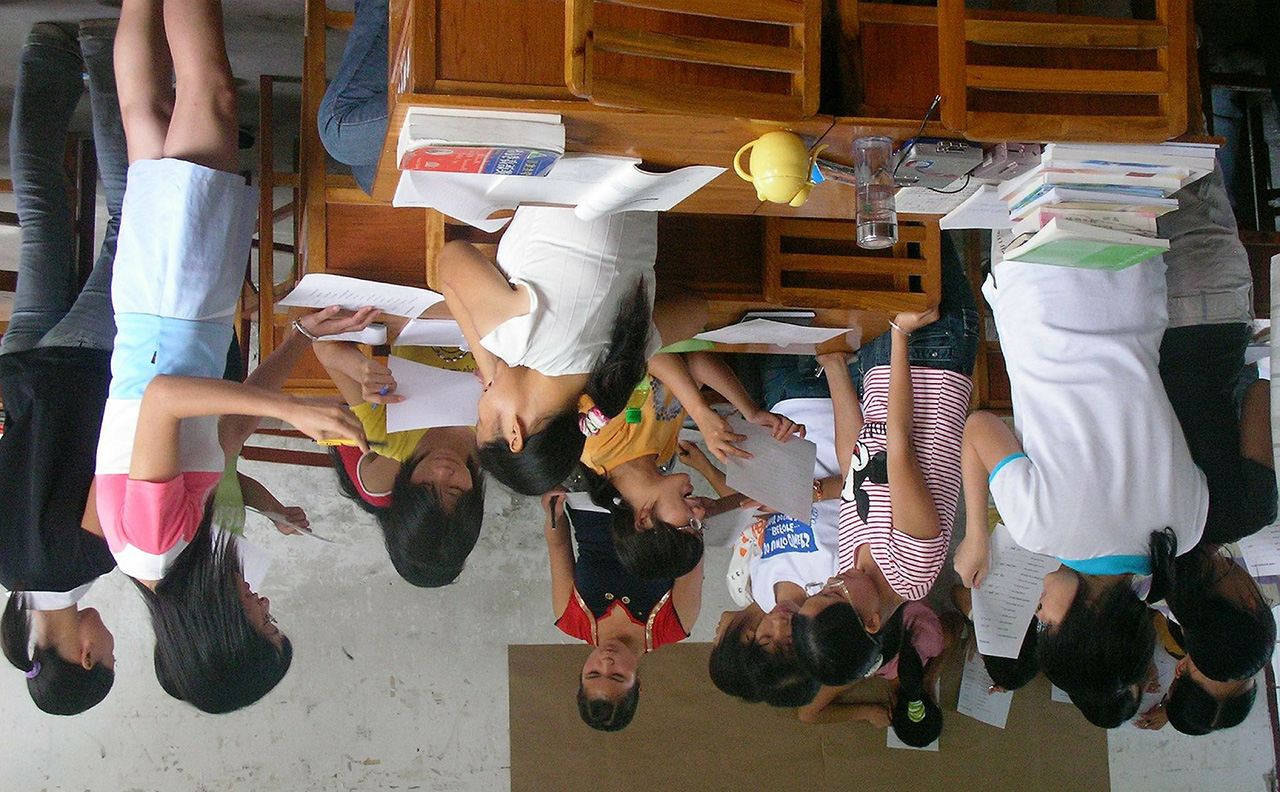The two terms “Flipped Classroom” and “Flipped Learning” are often mixed up and seen as the same item. But this is not true – especially if you care about “Flipped Learning 3.0” (the topic we will address in this project).
Flipped Classroom
If you search on the internet you will find many similar descriptions of flipped classrooms. They focus mainly on three issues:
- Teachers prepare video files that learners can view at home.
- Learners can view the content as often as they want at their own pace.
- In-depth and expanded engagement with the content can take place during classroom instruction.
Flipped Learning 3.0
Flipped learning – as it is developed by Jon Bergman and Errol Smith (and currently promoted by the flipped learning network) – describes the pedagogical approach as follows:
“Flipped Learning is a pedagogical approach in which direct instruction moves from the group learning space to the individual learning space, and the resulting group space is transformed into a dynamic, interactive learning environment where the educator guides students as they apply concepts and engage creatively in the subject matter.”
Source: https://flippedlearning.org/definition-of-flipped-learning/
This definition makes it necessary to follow the term “group learning space” and to care about the terms dynamic, interactive learning environment” and to care about the technics of active learning.
Other criteria to identify Flipped Learning are the “Four Pillars” (a description that makes it easy to understand the approach to Flipped Learning). These pillars are:
- Flexible Environment
- Learning Culture
- Intentional Content
- Professional Educator
These pillars will be analysed and brought into context with Adult Education. The results will be published as a result of the project.
Summary
Flipped Learning is not the same as Flipped Classroom. Flipping the classroom means a different approach to teaching, and can lead to flipped learning (as the pedagogocal approach). Nevertheless, Flipped Learning is more than simply flipping the classroom.
We will address these items in the next blog posts.
About the Author
Peter Mazohl is science teacher at high schools and has been working in the field of adult education for the last 40 years. He is expert in technology enhanced teaching and training.


So is it ok to say flipped learning is the underlying approach that makes flipped classrooms working? The group dynamics found in classrooms feed on flipped learning.
Flipped Learning is ONE option to implement a flipped classroom (but not the only one).
You must see Flipped Learning 2.0 as a kind of operating system for the learning (the used apps are various active learning methods).
Additionally, you should check the 4 columns of Flipped Learning (they must not be implemented necessarily in the Flipped Classroom).